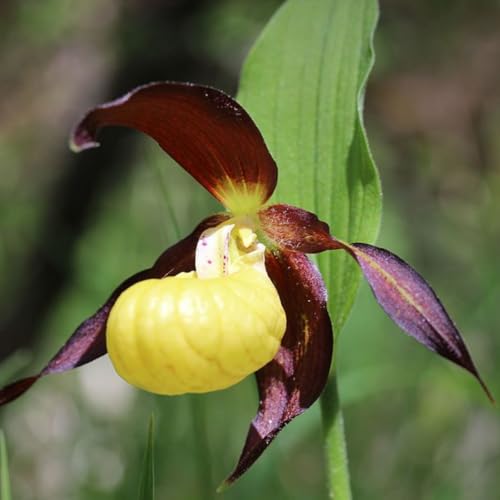It would be quite something to learn, if there's plants like that in Europe. I know that Popow has huge plants, but plant-size alone does not explain the spikes, carrying 3 flowers and 3 buds. I’d be willing to loose a very nice bottle of wine to anyone, showing me a plant like we’ve seen here, being grown in Europe. JPMC’s plant is not huge, it’s not even very very multi-growth, any yet…. Okay, it has this moss-layer; it obviously grows much wetter than at least I would have dared to keep that species. Could that be enough to make such a difference?
@JPMC: just out of utter curiosity: How did you arrive at a potting medium like that? And: how long has your plant been cultivated that way? Is there any chance you could let us have a few more pictures? I’m dying to see what would be happening under that layer of moss. Next up would be: do your new stolons dig their way through the moos to the surface, or do you still (like the rest of us mortals) have to burry the stolons every time they are large enough to start making roots?














































